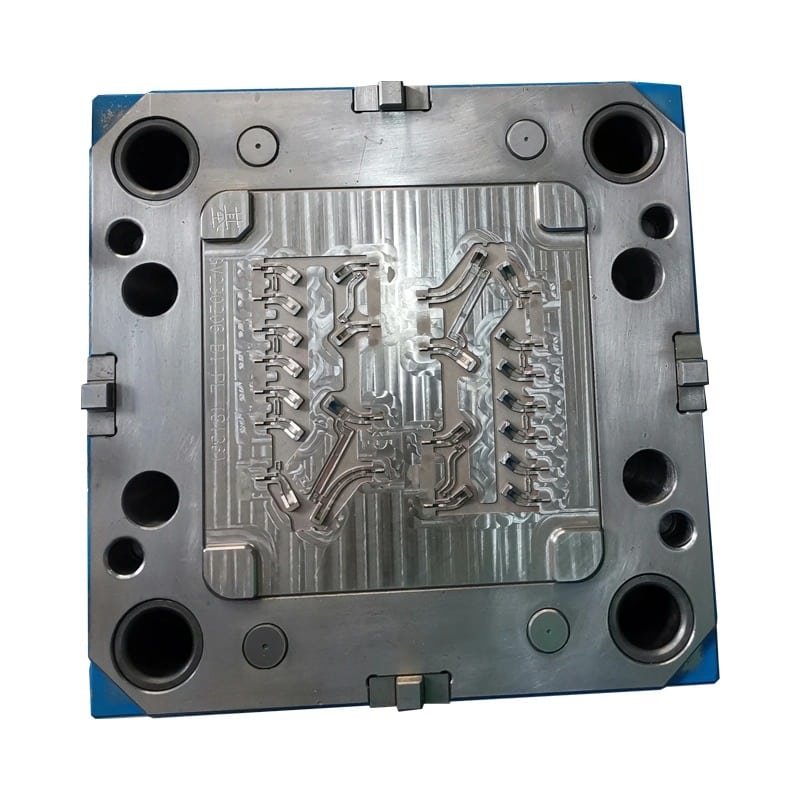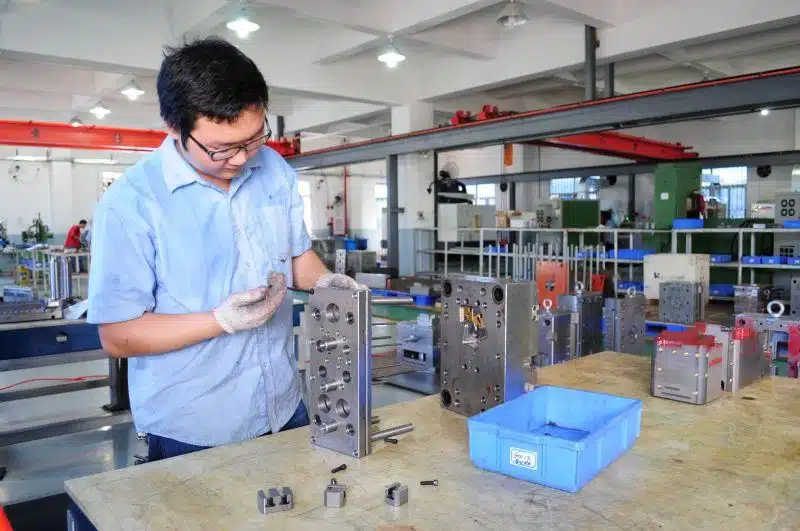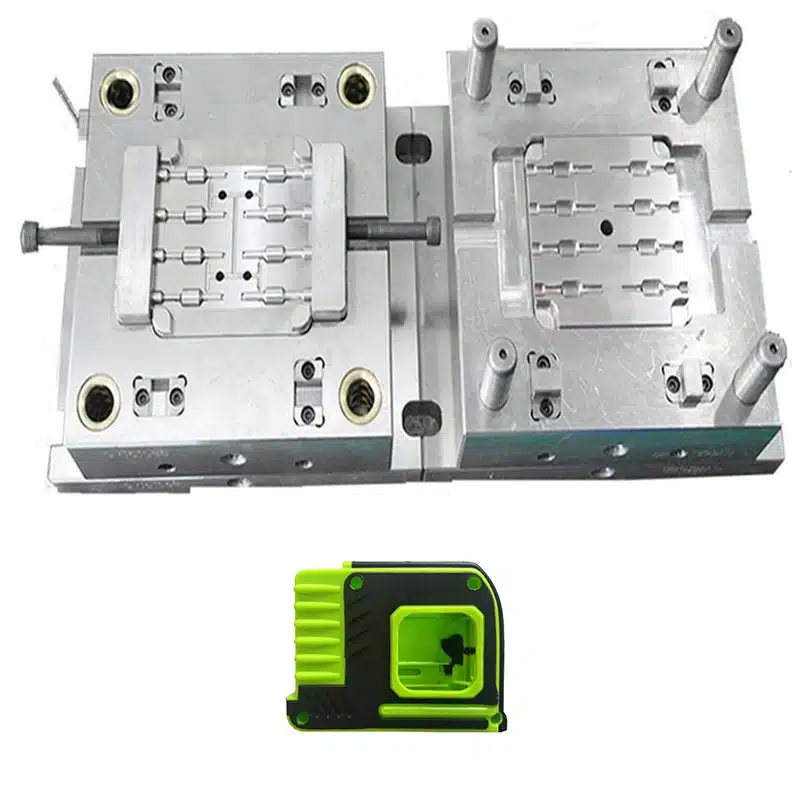Injection molding product processing enterprises handle an array of products with frequent mold changes. After finishing production cycles, molds are generally stored away until needed again for use again; however, some processing enterprises fail to take enough steps in protecting these molds, leading to corrosion, surface finish degradation and other effects during this storage period which compromises product quality and increases scrap rates; furthermore some molds require significant investment for reuse necessitating significant wastage of resources and investment into new molds resulting in increased wastefulness.
Data indicates that use and maintenance account for 15-25% of the factors impacting mold service life, with its longevity determined by these two elements. On average, injection molds last 800,000 cycles with proper care, while some well-maintained foreign molds may even outlive that figure by two to three. Unfortunately, domestic enterprises lag far behind foreign countries in maintaining injection molds which only last one third as long due to neglectful maintenance; their lifespans only amounting to 1/5th-3rd of foreign ones resulting in wasted steel processing time/energy costs as well as quality issues costing billions of yuan every year due to short service lives of molds being inadequately maintained compared with overseas counterparts.

Therefore, the maintenance of injection molds is very important, as follows:
1. The processing enterprise should first provide each mold with a resume card, detailing its use, care (lubrication, cleaning, rust prevention), and damage, so that it can be found which parts and components have been damaged, the degree of wear, and provide information for discovering and solving problems. The molding process parameters of the mold and the materials used in the product should also be provided to shorten the trial run time of the mold and improve production efficiency.
2. Processing enterprises should test various properties of the mold when the injection molding machine and mold are operating normally, and measure the dimensions of the final molded plastic parts. This information can determine the current state of the mold, identify damage to the cavity, core, cooling system, and parting surface, and determine the damage state and repair measures of the mold based on the information provided by the plastic parts.
3. It is necessary to focus on tracking and testing several important parts of the mold: the role of the ejection and guide components is to ensure the mold opening and closing motion and the ejection of plastic parts. If any part is stuck due to damage, it will lead to production stoppage. Therefore, it is necessary to regularly maintain the lubrication of the mold thimble and guide post (use the most suitable lubricant), and regularly check whether the thimble, guide post, etc. have deformation and surface damage. Once discovered, they should be replaced in time;

After completing a production cycle, it is necessary to apply professional anti-rust oil to the working surface, movement, and guiding components of the mold. Special attention should be paid to the protection of the bearing parts of the gear and rack molds and the elastic strength of the spring mold to ensure that they are always in optimal working condition;
As production time continues, the cooling channel is prone to scale, rust, silt, and algae deposition, which reduces the cross-section of the cooling channel and narrows the cooling channel, greatly reducing the heat exchange rate between the cooling liquid and the mold, increasing production costs for the enterprise. Therefore, attention should be paid to cleaning the cooling channel; for hot runner molds, maintenance of the heating and control system is beneficial to prevent production failures, making it particularly important.
Therefore, after each production cycle, the belt heater, rod heater, heating probe, thermocouple, etc. on the mold should be measured with an ohmmeter. If there is any damage, it should be replaced in time and compared with the mold history table to make a record so that problems can be identified in a timely manner and countermeasures can be taken.
4. Pay attention to the surface maintenance of the mold, which directly affects the surface quality of the product. The key is to prevent rusting. Therefore, it is particularly important to choose a suitable, high-quality, professional anti-rust oil. After the mold completes the production task, different methods should be used to carefully remove the residual injection molding according to different injection molding. Copper rods, copper wires, and professional mold cleaning agents can be used to remove the residual injection molding and other deposits in the mold, and then air-dry.
It is forbidden to use hard objects such as iron wires and steel bars to clean, so as not to scratch the surface. If there are rust spots caused by corrosive injection molding, use a grinder to grind and polish them, and spray them with professional anti-rust oil. Then, store the mold in a dry, cool, dust-free place.

A well-maintained mold can shorten the time for mold assembly and commissioning, reduce production failures, stabilize production operations, ensure product quality, reduce waste losses, and reduce operating costs and fixed asset investment for the enterprise. When the next production cycle begins, the enterprise can smoothly produce qualified products. Therefore, for injection molding product processing enterprises, maintaining well-maintained molds can help the enterprise in the current fierce market competition.
